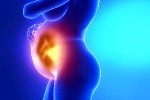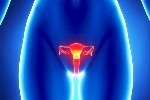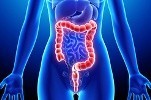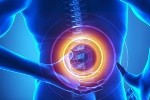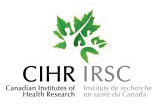Cupping
Cupping is the technique whereby a localized vacuum applied against the skin breaks superficial blood vessels in the papillary dermis, thereby creating distinctive circular cutaneous lesions.
It is used mainly in Asia as an alternative therapy for a variety of ailments, and dermatologists, as skin specialists, should be able to recognize the unique morphology resulting from this procedure.
Cupping can be accomplished by several techniques. Older methods employ the use of alcohol-soaked cotton at the base of brass, steel, or glass cups, which is subsequently lit on fire (1). The heating and then cooling of the gasses inside the closed system causes a vacuum and suctioning effect. The edge of the cup is placed on the patient’s skin as the fire dies out and the vacuum pulls the skin into the cup.
The suction of skin into the cup causes trauma to superficial vessels, causing ecchymoses and purpura in a circular arrangement. (Fig. 1) There are variations to this technique. Wet cupping involves the incising of skin either before the cup is placed, or during the process of suctioning with needles placed at the base of the cup being used (2).
Also, lubricants have been used to move the cup around once it is placed on the skin to cover a wider area (3).
The lesions that are seen when this technique is used are linear purpuric streaks (Fig. 2). Modern appliances that use a manual hand pump to create the suction are also currently available (4).
Traditionally, cupping was performed in sets of four, six, or 10 and the cups were applied for 5, 10 or more minutes (5).
Treatments were usually every 4 to 6 months depending on the ailment being treated. The areas being treated are usually rotated, but the most common sites on which the cups have been applied are the back, chest, abdomen, and buttock;
however, other areas, including the face, are known to be treated.
There are various theories as to the benefits of this intervention. Somewhat akin to the idea of various humors in the body, one theory suggests that it is by increasing circulation around the area of cupping and allowing for the elimination of toxins trapped in the tissues (5).
Another theory posits the notion of “counterirritation”, which suggests that it is the process of transferring discomfort and even pathology from one site to another that may cure the original site of any disease process (6).
The psychosomatic theory also exists that explains the effect on cupping as purely a placebo effect (5). This intervention may have a strong placebo effect among certain Eastern cultures. Aside from one case report of panniculitis caused by cup-ping (7), side-effects have not been reported from this procedure.
References
1. Look RM. Skin scraping, cupping, and moxibustion that may mimic physical abuse. J Forensic Sci 1997; 42: 103–105.
2. King DF, Davis MW. Cupping. an erstwhile common modality of therapy. J Am Acad Dermatol 1983; 8: 563.
3. Turk JL, Allen E. Bleeding and cupping. Ann R Coll Surg Engl 1983; 65: 128–131.
4. Powers RD. Photo case: cupping lesions. Acad Emerg Med 1997; 4: 160.
5. Kouskoukis CE, Leider M. Cupping. The art and the value. Am J Dermatopathol 1983; 5: 235–239.
6. Epstein J. The therapeutic value of cupping. NY Med J 1920; 112: 584–585.
7. Lee JS, Ahn SK, Lee SH. Factitial panniculitis induced by cupping and acupuncture. Cutis 1995; 55: 217–218.
Contact Us
Chalmers Medical Building
328 Hwy 7 East Suite 201,
Richmond Hill ON L4B 3P7
Tel: 416 399-3888
E-mail: info@aahclinic.com
Conditions Treated
Effective Herbal Therapy for Inflammatory Bowel Disease
NO Surgery!
Carolyn XU Treats Ulcer Colitis Successfully
Considering Therapy?
Resource Links
References
Donation
Great things happen when you put your heart into it.
Click Here to Send us your request
Tips
Questions about your first appointment or if your insurance will cover the cost? Find more information below.


